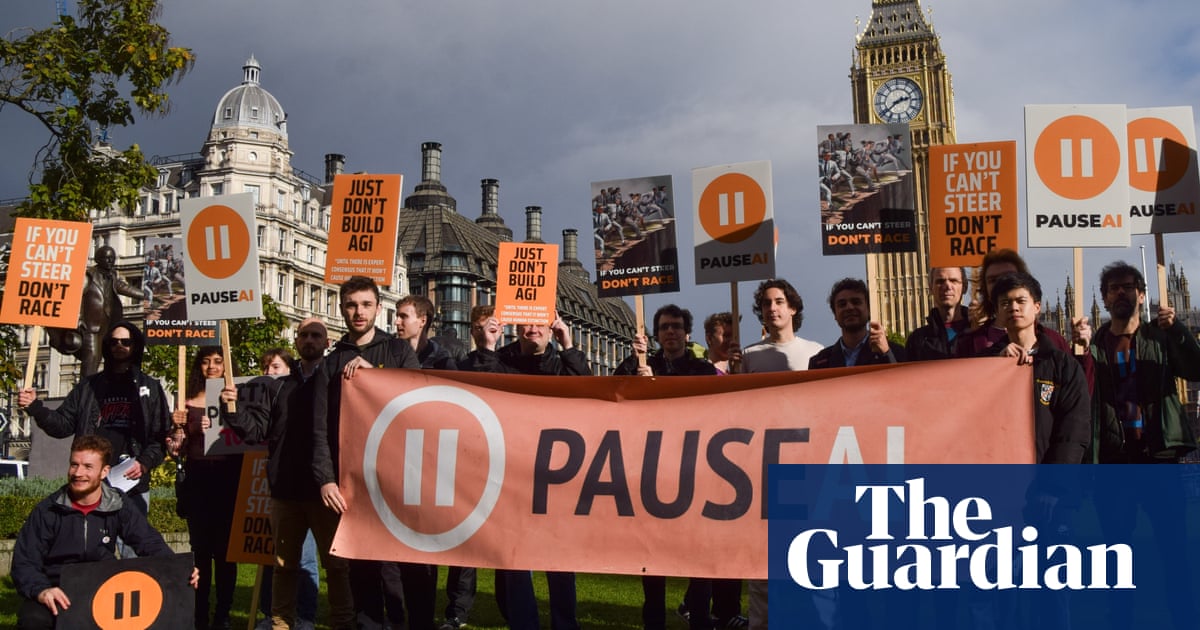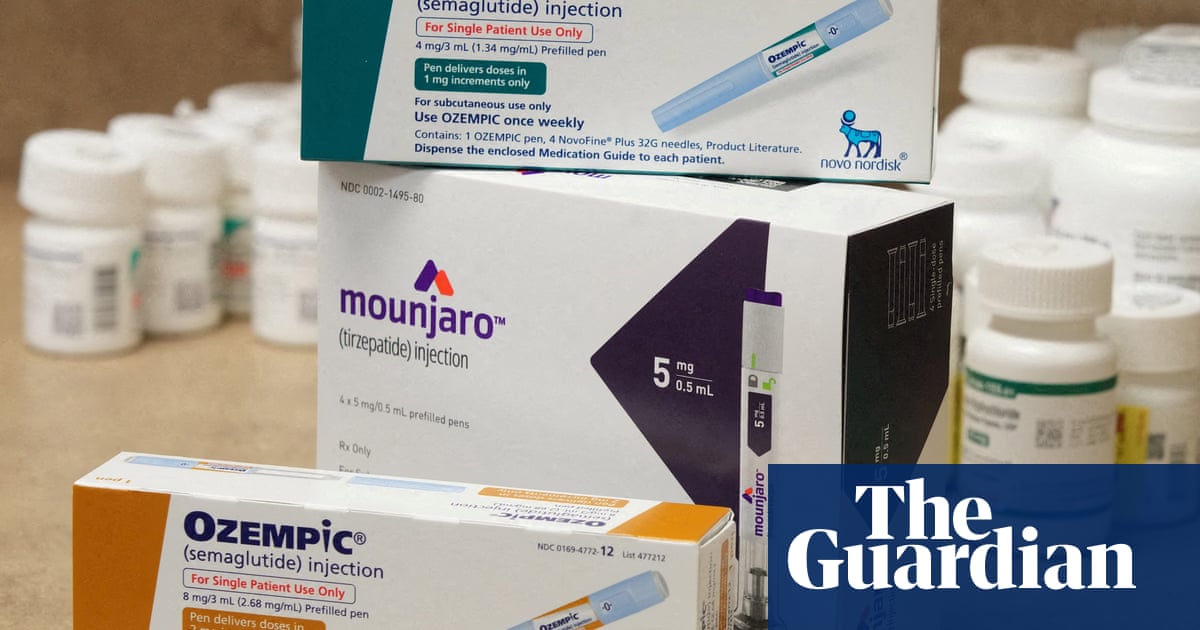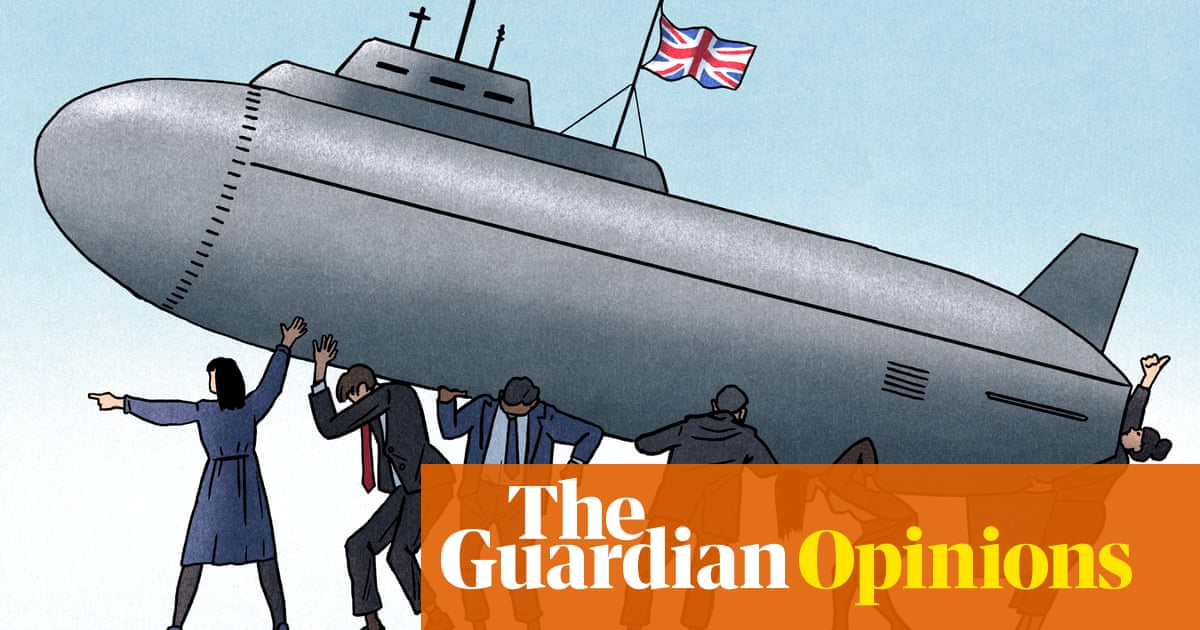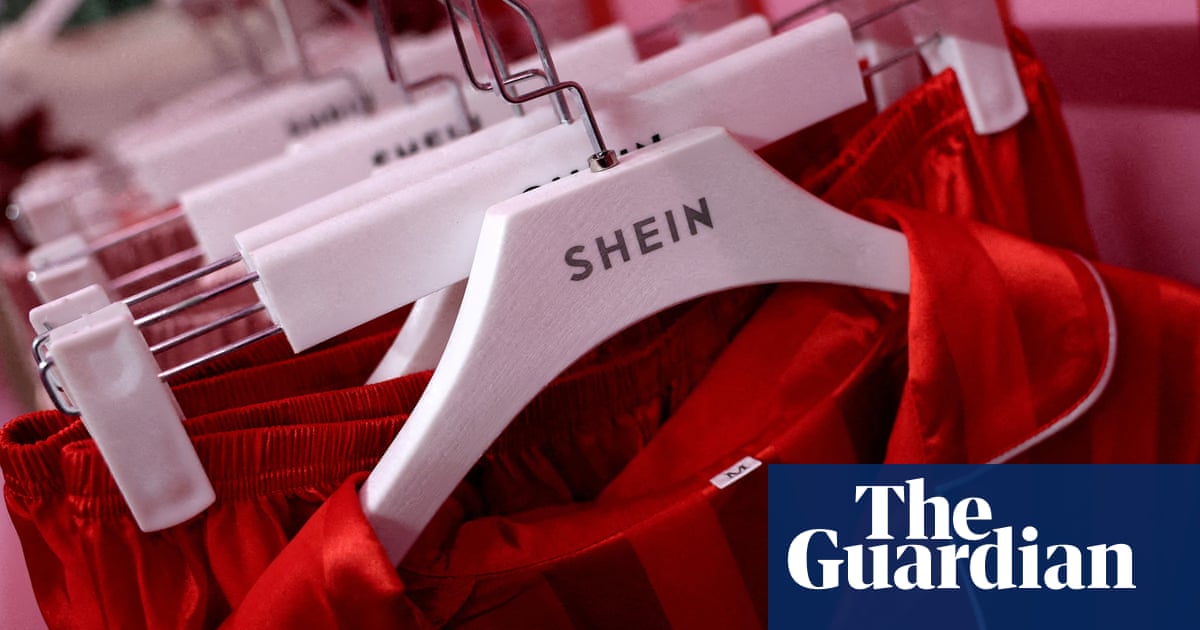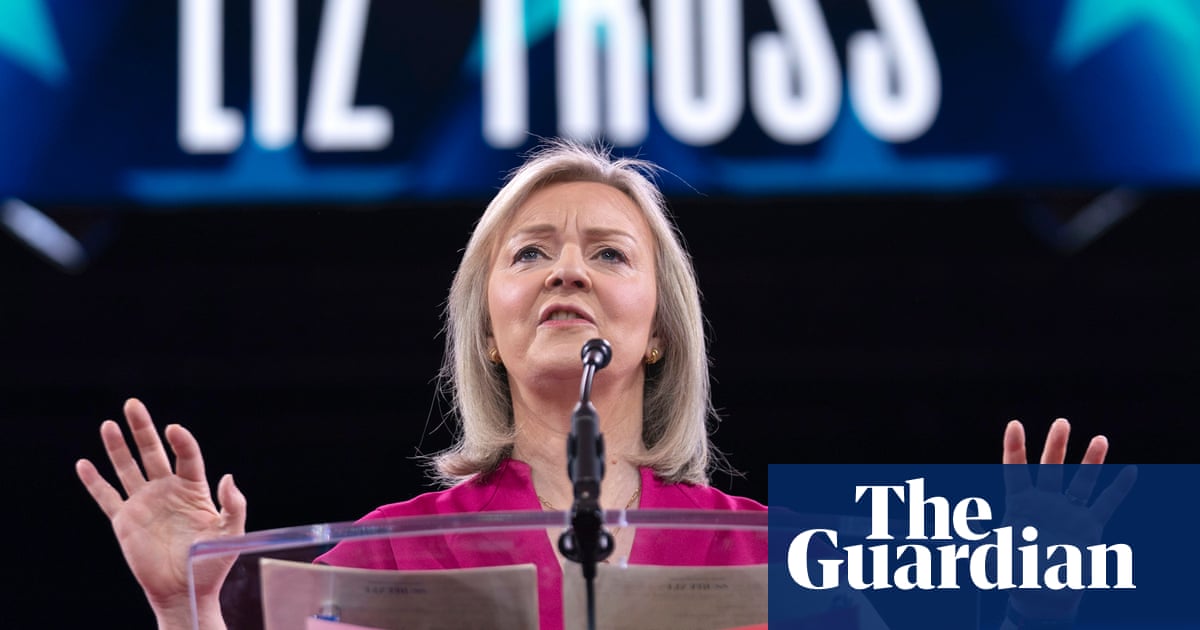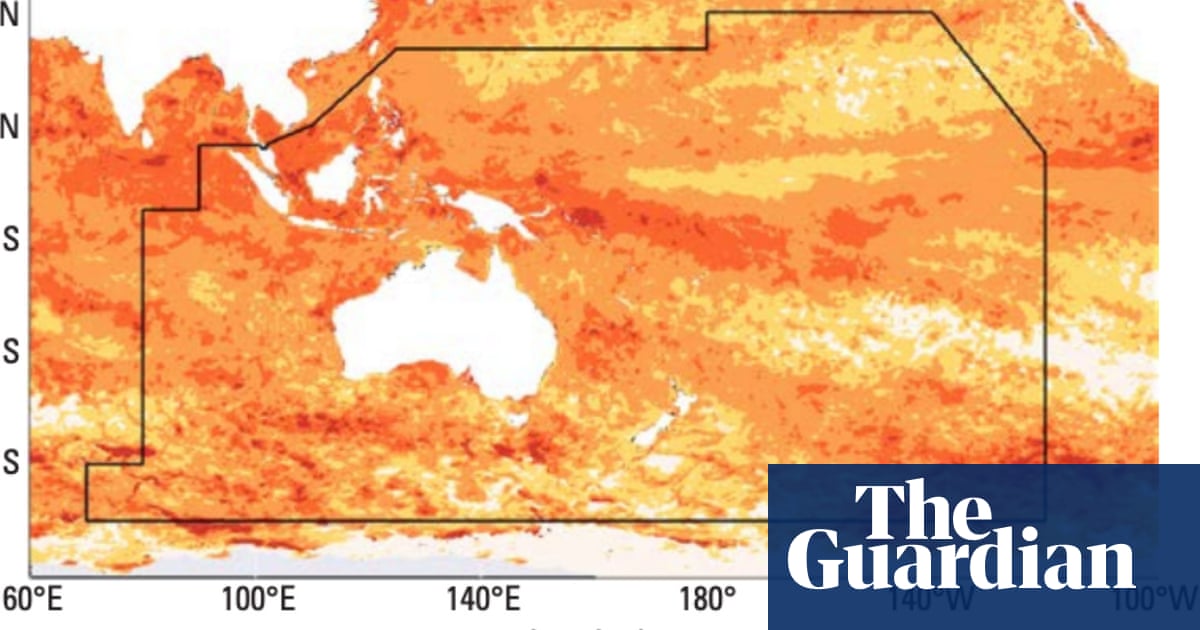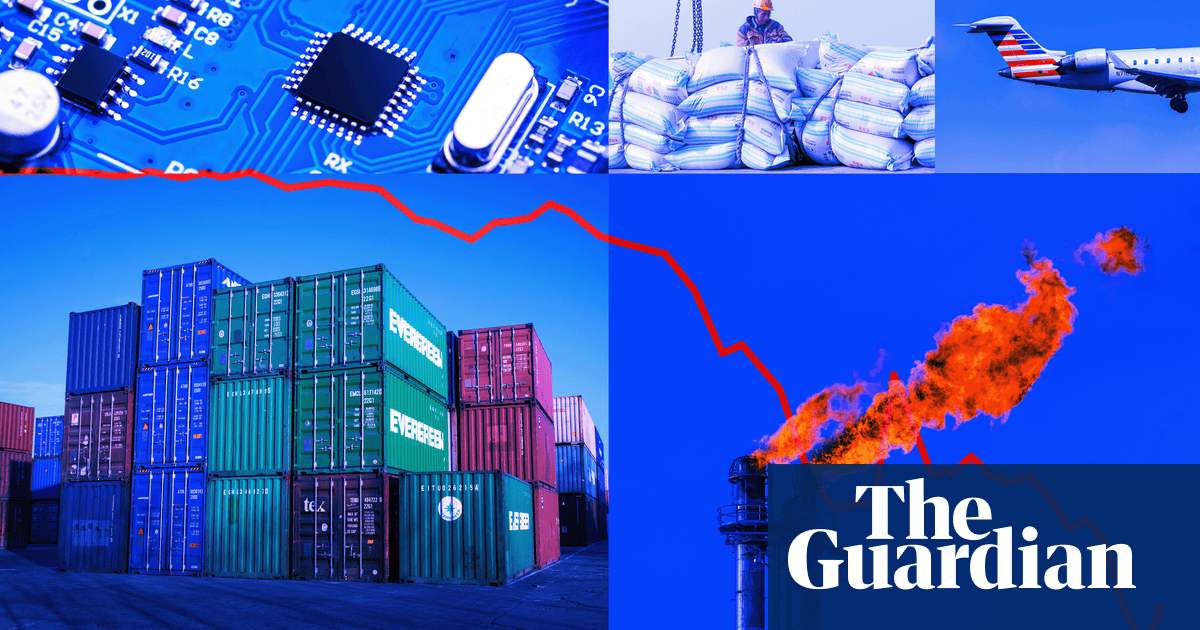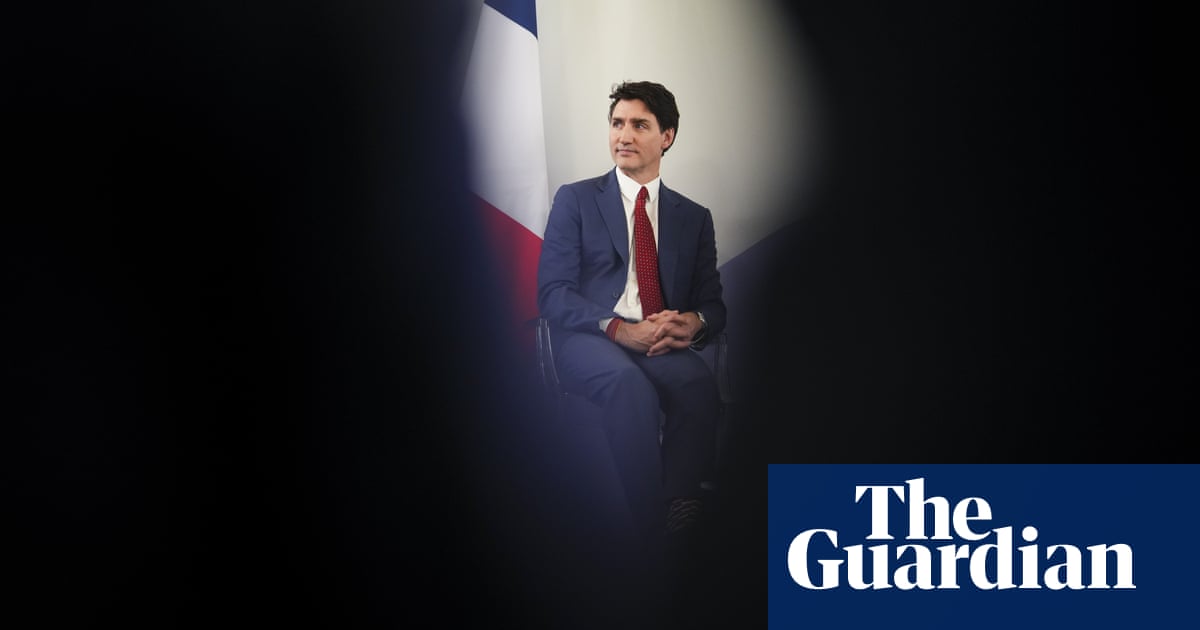Defence sources believe that Britain will be forced to sign up to a target of lifting defence spending to 3.5% of GDP by 2035 at this month’s Nato summit after a campaign by the alliance’s secretary general to keep Donald Trump onboard.
One senior insider said Britain would “without a doubt” sign up to a proposal from the Nato chief, Mark Rutte, to lift allies’ defence spending, which would represent a real-terms increase of about £30bn from the Labour government’s plan.
They expressed surprise that Keir Starmer had tied himself up over spending at the launch of the strategic defence review on Monday, when he refused to set a firm date when budgets would increase to 3%.
The prime minister has agreed to increase defence spending from its current 2.33% of GDP to 2.5% by 2027 and to 3% in the next parliament, which was the spending context for Monday’s 140-page strategic review.
Starmer had said in a BBC interview on Monday he would not agree to “performative fantasy politics” and pluck a date out of the air as to when the UK would meet the 3% target, even though the call from Nato is for a higher figure.
On Tuesday, however, Downing Street insiders pointed to later comments by Starmer when he visited the BAE shipyard at Govan, Glasgow, in which he appeared to acknowledge the higher target.
The prime minister said in response to a question from Sky News: “There are discussions about what the contribution should be going into the Nato conference in two or three weeks’ time,” as part of a wider conversation about “what sort of Nato will be capable of being as effective in the future”.
Rutte’s proposal is that allies would agree to spend 3.5% on hard defence and 1.5% on cyber, intelligence and military-related infrastructure when leaders meet in The Hague for Trump’s first Nato summit of his second term.
Last week Rutte said: “I assume that in The Hague we will agree on a high defence spend target of in total 5%.” Of that, he added, “it will be considerably north” of “3% when it comes to the hard spending”.
Insiders said Starmer was due to discuss Rutte’s target at a meeting on Tuesday and argued it was inconceivable that the UK could turn down the request after announcing a “Nato-first” defence strategy.
Complicating the picture for the UK is that the 3.5% figure may exclude some elements, such as intelligence, that the Treasury counts as Nato-qualifying spending. But details are likely to be the subject of last-minute negotiations.
A significant uplift to defence spending would have to be funded by savings from other government budgets or higher taxes. Starmer refused to rule out further cuts to the foreign aid budget on Monday, but this is forecast to represent only 0.3% of GDP by 2027, meaning that additional funds would have to come from elsewhere.
after newsletter promotion
Other Nato allies are desperate to keep Trump onboard and prevent the summit descending into chaos. The US president has repeatedly complained about Nato members being “delinquent” and failing to meet existing spending targets, currently 2% of GDP.
Trump made a threat to quit Nato at a summit in 2018 over payments. Though he has not issued similar ultimatums recently, shortly after his re-election last November he demanded that Nato members hike defence spending to 5% of GDP – a level well beyond the current US figure of 3.4%.
But Rutte’s proposal, hammered out with Trump in face-to-face meetings, allows for a broad interpretation of the additional 1.5% spend, which can include virtually anything military-related, such as commercial transport infrastructure.
Defence sources praised Rutte, a former Dutch prime minister, for his careful work in holding the alliance together and the personal bond he appears to have forged with Trump in the months since his election.
Rutte visited Trump at his Mar-a-Lago resort in Florida last November, when the US leader was president-elect, and went to the White House for more formal discussions in March and April.

 1 day ago
15
1 day ago
15

